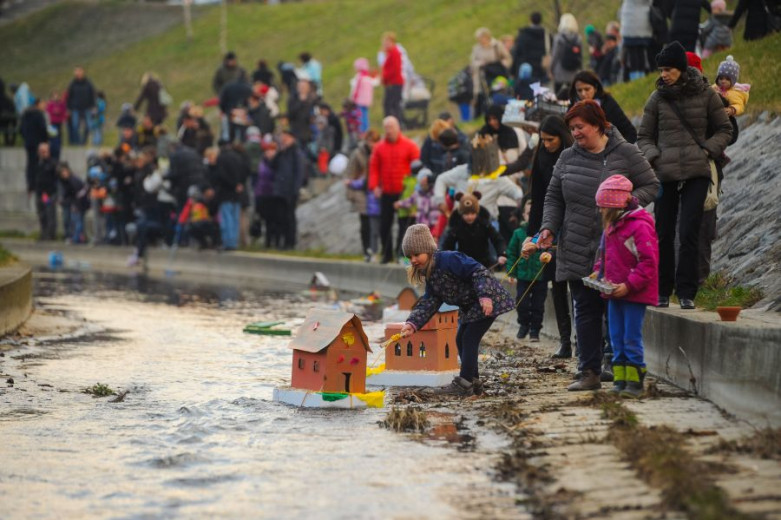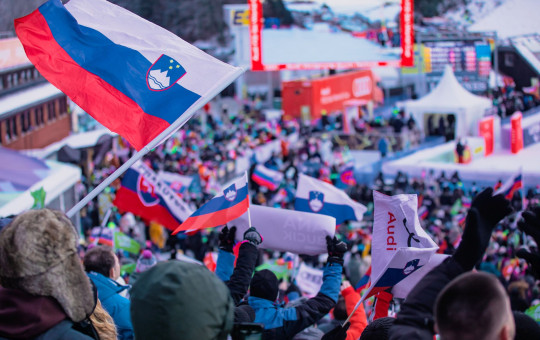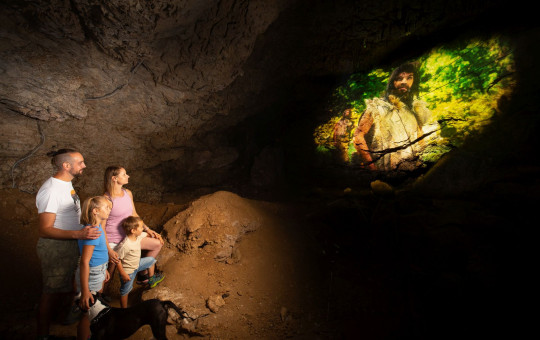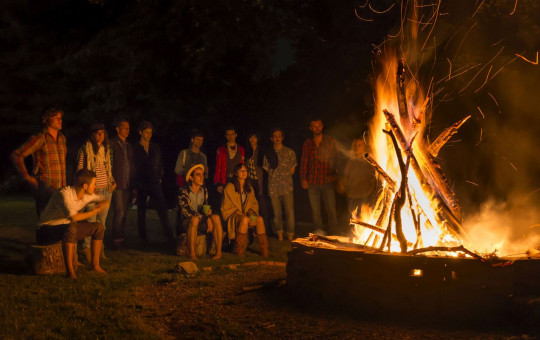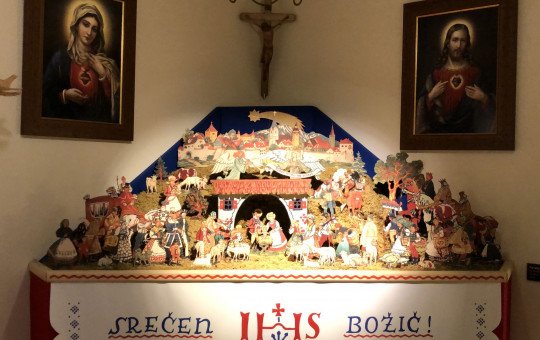Date: 11. March 2025
Time to read: 2 min
March is marked by the anticipation of spring. One of the holidays announcing its return is St Gregory's Day, the Slovenian version of Valentine's Day when birds get married. This is also a special holiday for children, who launch gregorčki models – little model houses and other objects with lit candles inside – on Slovenian streams and rivers that day. The light is launched on the water on St Gregory's Day.
In Slovenia, this holiday is celebrated on 12 March. On this day, Pope Gregory I the Great (the pope from 590 BC to 604 BC) celebrated his name day according to the liturgical calendar. Until the calendar was changed in the 16th century, the celebration coincided with the first day of spring. This occasion has survived in folk memory as the beginning of spring. The days grow longer, the sun grows warmer and plants begin to wake up after their winter hibernation.
St Gregory's Day used to be particularly important for Slovenian towns with a long-time artisan tradition, such as Kropa, Kamna Gorica and Železniki (blacksmithing, nail making and iron smelting), Tržič (shoemaking) and other smaller towns.
Light on the water
On St Gregory's Day Eve, people would launch a light on the water. They would launch a tiny house, boat or wicker basket carrying a lit candle as a symbolic gesture; due to the lengthening days from then to September artisans no longer had to work under artificial light.
In Kropa, the arrival of the sun was celebrated by throwing the light in the water at dusk. This used to be an old clog, a wicker basket or a sieve. They filled it with sawdust and wood chips, covered it in spruce resin, lit it on fire and threw it in the water.
Legend has it that, on this day, girls had to look up at the sky, because the first bird they saw would show the kind of husband they were destined to have.
Children believed that in addition to getting married, birds also had a feast, this is why they searched for flat bread on the trees and in the bushes. In time, adults began to hide treats in the bushes to delight the children. Children enjoyed this holiday very much in general; in the Prekmurje and Porabje regions, they had the tradition of going door-to-door, asking for gifts. Approximately until World War II, the children of Bela krajina would go door-to-door dressed as the wedding procession on St Gregory's Day. They received eggs and money as gifts.
-
 In 2015, the practice of launching gregorčki models on the eve of St Gregory’s Day, which is celebrated on 12 March, was entered in the Slovenian Register of Intangible Cultural Heritage, thereby according the custom an all-Slovenian significance and establishing the precondition for its preservation and development. Photo: Nebojša Tejić/STA
In 2015, the practice of launching gregorčki models on the eve of St Gregory’s Day, which is celebrated on 12 March, was entered in the Slovenian Register of Intangible Cultural Heritage, thereby according the custom an all-Slovenian significance and establishing the precondition for its preservation and development. Photo: Nebojša Tejić/STA
Gregorčki models bring joy to the children
Today, the holiday is an opportunity to spend time with children, enjoy good company and be creative. Around St Gregory's Day, there are smaller and larger events held all across Slovenia. Some of the gregorčki models in the shape of houses, boats or other objects can be true works of art. Our family already has some scissors, coloured paper, wood and Styrofoam ready...all we need now is an idea! But, as we do every year, we will launch our gregorček model on the Gradaščica river this year.
-
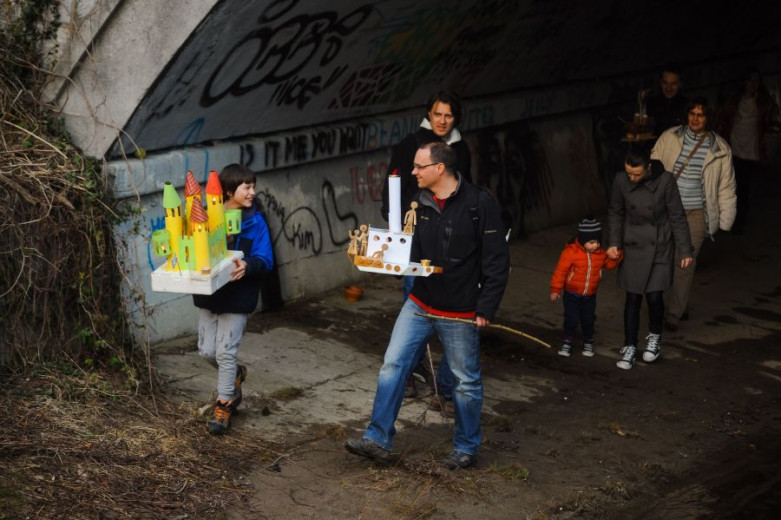 The gregorčki models can be of all shapes and colours; some are made of simple egg cartons, while others can be true works of art or can even carry a deeper message. Photo: Nebojša Tejić/STA
The gregorčki models can be of all shapes and colours; some are made of simple egg cartons, while others can be true works of art or can even carry a deeper message. Photo: Nebojša Tejić/STA
-
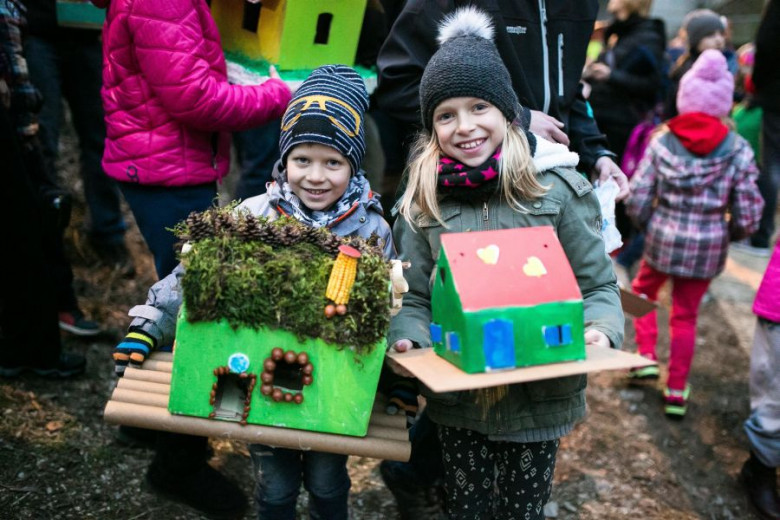 According to folk heritage, this is the day when birds get married, the holiday is therefore also associated with lovers. Photo: STA
According to folk heritage, this is the day when birds get married, the holiday is therefore also associated with lovers. Photo: STA

